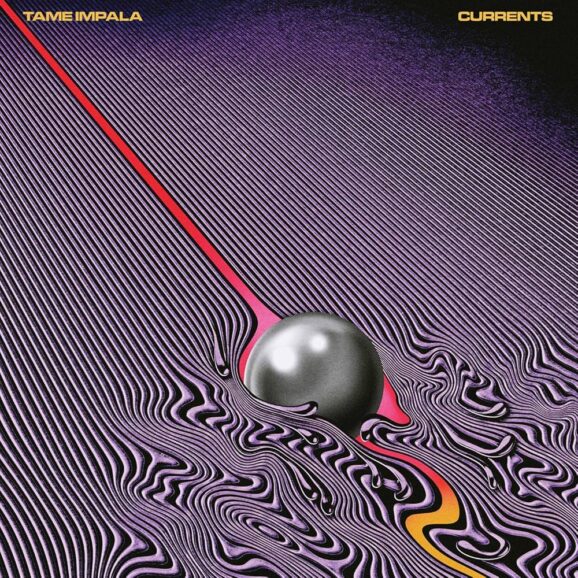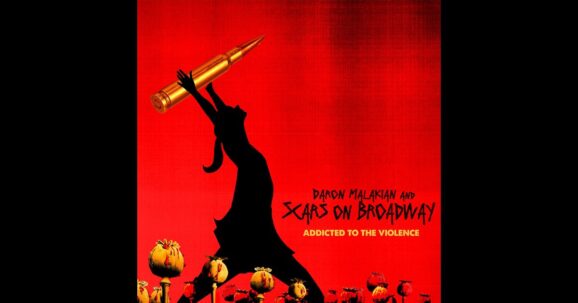Ah, Black Friday is almost here. This features NEA Jazz Master tenor saxophonist George Coleman in an explosive set from Baltimore’s famed ballroom, the Left Bank in 1971. It is yet another discovery from the “Jazz Detective” Zev Feldman and is one of his four efforts (also Sonny Rollins, Monty Alexander, Bill Evans) for Record Store Day. Although the other three appear on the Resonance label, this one coming courtesy of Vancouver-based jazz impresario and saxophonist Cory Weeds’ Reel to Real label. It is become a tradition for Feldman to team with others in releasing unissued archival recordings for this special day and this one, The George Coleman Quintet in Baltimore will be available on Record Store Day in vinyl and in CD and digital on December 11. As with all Feldman releases the deluxe package has a multi-page booklet of rare photographs, interviews, and essays. Interviews are with Coleman, fellow tenor great Eric Alexander who literally followed in Coleman’s footsteps in Harold Mabern’s tenor chair, as well as an authoritative essay by renowned jazz historian Michael Cuscuna.
Cuscuna begins his essay with a one-word sentence – “Why?” Think about it. Start a conversation about the great tenor players with friends. Inevitably Coleman won’t be high on the list, but he should hold his own place among the elite. One answer is that Coleman built his reputation as a sideman, most visibly with Miles Davis in 1963 with five albums, Someday My Prince Will Come, among them. He was prominent on Charles Mingus’ Three of Four Shades of the Blues, followed his stint with Miles to make five Prestige albums with Chet Baker in and around 1965, with Jimmy Smith on his iconic The Sermon, with Herbie Hancock on the classic Maiden Voyage, as well as with Lee Morgan, Max Roach, and others. Some indicate that he didn’t issue his first album as a leader until after twenty years of prominent sideman appearances in 1977 with Meditation. (Note: All Music has 1975 Eastern Rebellion, Vol. 1). So, think of all the tenor players who released albums as leader during that same period. Remarkably this recording represents the first document of Coleman leading his own band.
Now 85, Coleman is still playing, most recently with Memphis cohort pianist Harold Mabern until the latter’s passing in 2018. Coleman did appear on Canadian bassist/vocalist Brandi Disterheft’s Surfboard released just last month, and we can report that his chops are somewhat more restrained but very much intact. Other kindred spirits that came from Memphis’ fertile jazz scene include, along with Mabern, Charles Lloyd, Phineas Newborn Jr., Frank Strozier, Booker Little, and Hank Crawford.
The quintet here features trumpeter Danny Moore (Quincy Jones, Count Basie, Oliver Nelson, Buddy Rich, Dizzy Gillespie) bringing the fury in the style of Clifford Brown, pianist Albert Dailey (Sonny Rollins, Stan Getz, Hank Mobley, Kenny Dorham, Art Blakey), bassist Larry Ridley (Horace Silver, Jackie Mclean, Philly Joe Jones, Randy Weston, Barry Harris), and drummer Harold White (Gary Bartz, Rahsaan Roland Kirk, Eddie Jefferson). This band is as an explosive straight-ahead unit as any you’ll hear during this same era. The Left Bank mounted jazz shows in Baltimore from 1964 through the ‘90s. This is the second Feldman issue from the venue, having previously partnered with Weeds and his label for A Soulful Sunday: Live at the Left Bank by vocalist Etta Jones backed by the Cedar Walton Trio. Coleman comments on the venue in his interview, “We used to get up there quite a bit, with Wynton Kelly, Ron McClure and Jimmy Cobb. Those were some of the good moments, I really enjoyed playing there. The people were nice too. A lot of black folks used to go there too. It was integrated – I mean black, white, whatever. They were there to listen to the music; It was a really great era.”
The set includes just five, most rather lengthy tracks as the band stretches out on two expresso tempo Clifford Brown tunes – “Sandu” and “Joy Spring.” Coleman’s solos are especially breathtaking on John Lewis’ “Afternoon in Paris,” and Gershwin’s “I Got Rhythm” but as good as those are, his reading of “Body & Soul” where he reaches seemingly every note and tone on his sax, is to die for, as good as any rendering, including those of Coleman Hawkins and John Coltrane, that this writer has heard. Weeds, a fine tenorist himself says, “(George) Coleman is playing with reckless abandon, not concerned with perfection or even precision. He is clearly feeding off the energy of the crowd and riding high above the beautiful accompaniment from the top-flight rhythm section. He is going for it. The no-holds barred approach that is his signature is on full display throughout this whole date, and it’s absolutely delightful.” This date burns white-hot.









